简体中文
繁體中文
English
Pусский
日本語
ภาษาไทย
Tiếng Việt
Bahasa Indonesia
Español
हिन्दी
Filippiiniläinen
Français
Deutsch
Português
Türkçe
한국어
العربية
The Evolution of Forex
Abstract:Do you know how did the FX market come into existence? In this article, WikiFX will bring you down the “memory lane” of the FX market’s brief history and its evolution throughout the years.

<WikiFX Malaysia Original – Editor: Fion>
At the end of World War II, the British economy went into decline, while the United States was the only developed country that survived the war unscathed. Hence, the U.S. dollar naturally became the reserve currency for most countries. At that time, the U.S. dollar was pegged to gold at $35 per ounce; thus the USD became the worlds reserve currency.
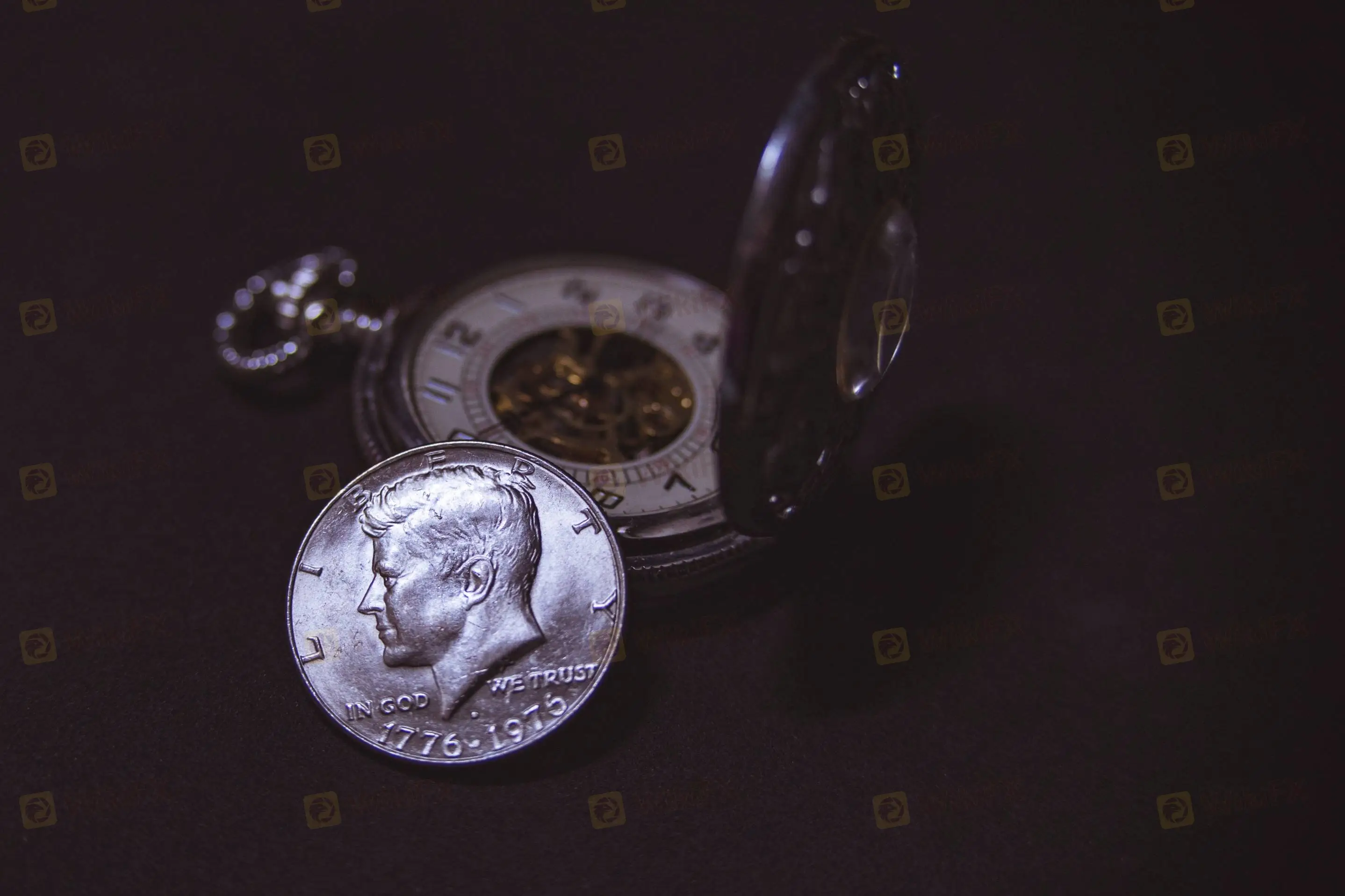
As the entire world was experiencing such chaos that major Western governments saw the need to create a system that would stabilize the global economy. This agreement, known as the “Bretton Woods System,” required a currency peg to the U.S. dollar which in turn set the exchange rate for all currencies against gold. According to the agreement, the exchange rate of national currencies against the U.S. dollar can only fluctuate within the range of 1% above and below the legal rate.
This exchange rate was in place for some time, but as the world's major economies transitioned and developed at different rates, the rules of the system soon became outdated and restrictive.
By 1971, President Nixon had abrogated the Bretton Woods agreement. In 1973, the exchange rate constraints between countries, bank transactions, and restricted foreign exchange transactions era ended, the currency market evolved into a free-floating money market where exchange rates were determined by supply and demand – this created a new system of currency valuation that is in alignment with Adam Smiths economic theory whereby markets operate the most optimally in the absence of any government interventions.
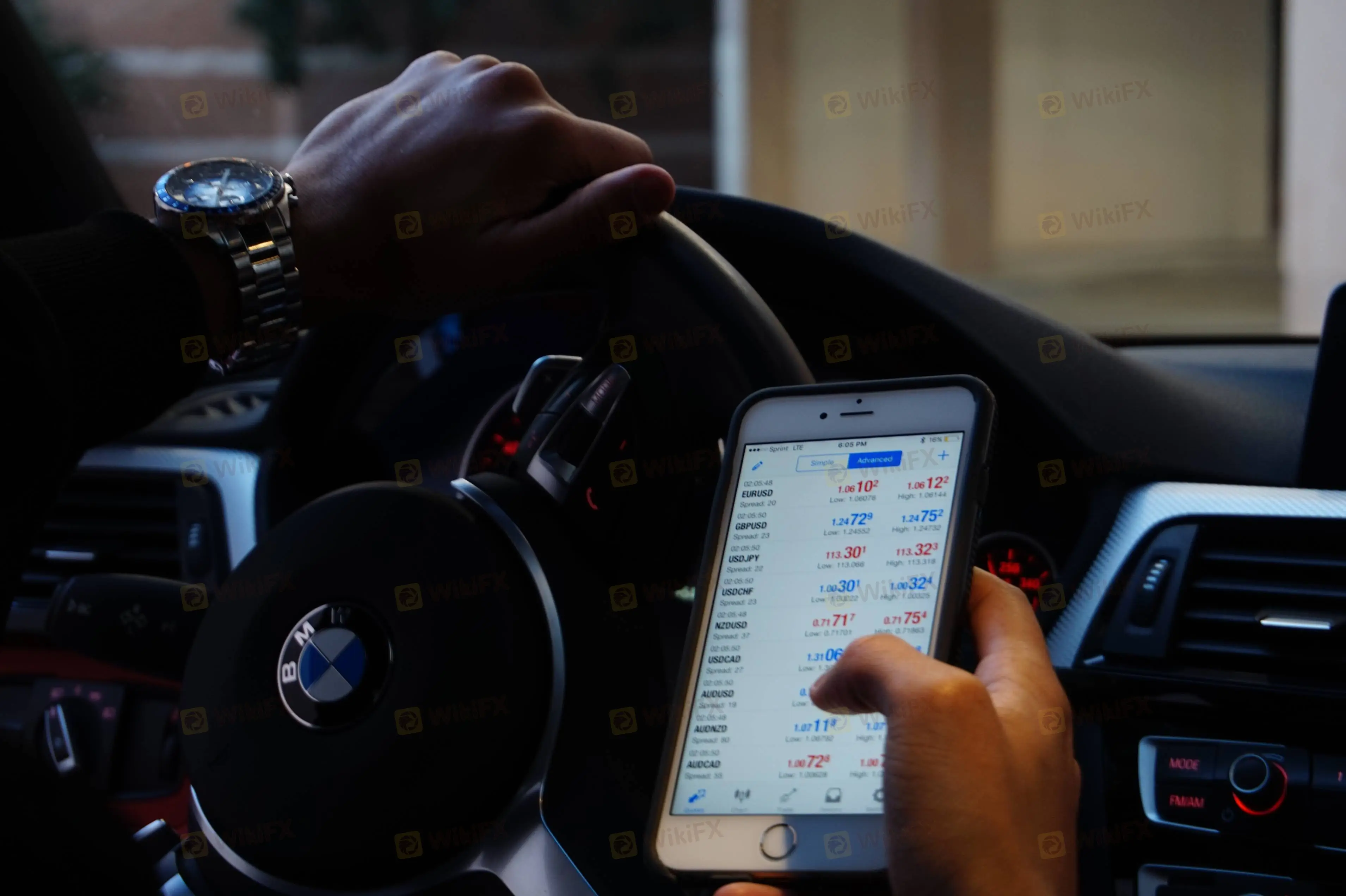
In the 1990s, thanks to computer junkies and the burgeoning Internet, banks began to set up their own trading platforms. The purpose of these platforms was to provide real-time quotes to customers so they could execute trades immediately. At the same time, a number of savvy commercial marketing organizations launched Internet-based trading platforms for individual traders. These entities are called “retail forex brokers” which makes it easy for individuals to trade by allowing smaller trade sizes. Unlike the interbank market, where the standard trade size is 1 million units, retail brokers allow individuals to trade as few as 1,000 units.
Since currencies have been allowed to float freely against each other, there has been a dramatic increase in the volume of foreign exchange transactions. Foreign exchange turnover reached $5 billion in 1977, grew to $600 billion in 1987; surpassed the $1 trillion mark in September 1992, and stabilized at about $5 trillion around 2010.
<WikiFX Malaysia Original – Editor: Fion>

Disclaimer:
The views in this article only represent the author's personal views, and do not constitute investment advice on this platform. This platform does not guarantee the accuracy, completeness and timeliness of the information in the article, and will not be liable for any loss caused by the use of or reliance on the information in the article.
Read more
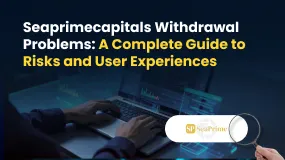
Seaprimecapitals Withdrawal Problems: A Complete Guide to Risks and User Experiences
Worries about Seaprimecapitals withdrawal problems and possible Seaprimecapitals withdrawal delay are important for any trader. Being able to get your money quickly and reliably is the foundation of trust between a trader and their broker. When questions come up about this basic process, it's important to look into what's causing them. This guide will tackle these concerns head-on, giving you a clear, fact-based look at Seaprimecapitals' withdrawal processes, user experiences, and trading conditions. Most importantly, we'll connect these real-world issues to the single most important factor behind them: whether the broker is properly regulated. Understanding this connection is key to figuring out the real risk to your capital and making a smart decision.

iFX Brokers Review: Do Traders Face Withdrawal Issues, Deposit Credit Failures & Free Coupon Mess?
Have you had to pay several fees at iFX Brokers? Had your trading profit been transferred to a scamming website, causing you losses? Failed to receive withdrawals from your iFX Brokers trading account? Has your deposit failed to reflect in your trading account? Got deceived in the name of a free coupon? Did the broker officials not help you in resolving your queries? Your problems resonate with many of your fellow traders at iFX Brokers. In this iFX Brokers review article, we have explained these problems and attached traders’ screenshots. Read on!
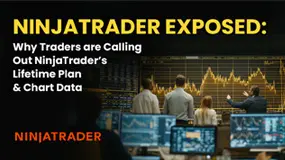
NinjaTrader Exposed: Why Traders are Calling Out NinjaTrader’s Lifetime Plan & Chart Data
Did NinjaTrader onboard you in the name of the Lifetime Plan, but its ordinary customer service left you in a poor trading state? Do you witness price chart-related discrepancies on the NinjaTrader app? Did you have to go through numerous identity and address proof checks for account approval? These problems occupy much of the NinjaTrader review online. In this article, we have discussed these through complaint screenshots. Take a look!
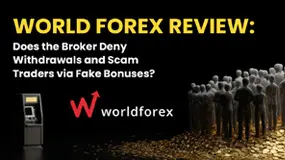
World Forex Review: Does the Broker Deny Withdrawals and Scam Traders via Fake Bonuses?
Does World Forex prove to be a not-so-happy trading experience for you? Do you struggle to withdraw your funds from the Saint Vincent and the Grenadines-based forex broker? Do you witness hassles depositing funds? Failing to leverage the World Forex no deposit bonus, as it turned out to be false? These accusations are grabbing everyone’s attention when reading the World Forex review online. In this article, we have shared some of these. Read on!
WikiFX Broker
Latest News
Axi Review: A Data-Driven Analysis for Experienced Traders
INZO Regulation and Risk Assessment: A Data-Driven Analysis for Traders
Pepperstone CEO: “Taking Down Scam Sites Almost Every Day” Becomes “Depressing Daily Business”
The CMIA Capital Partners Scam That Cost a Remisier Almost Half a Million
Is Seaprimecapitals Regulated? A Complete Look at Its Safety and How It Works
eToro Cash ISA Launch Shakes UK Savings Market
Cleveland Fed's Hammack supports keeping rates around current 'barely restrictive' level
Delayed September report shows U.S. added 119,000 jobs, more than expected; unemployment rate at 4.4%
Close Up With WikiFX —— Take A Close Look At Amillex
GGCC Bonus and Promotions: A Data-Driven Analysis for Experienced Traders
Currency Calculator



